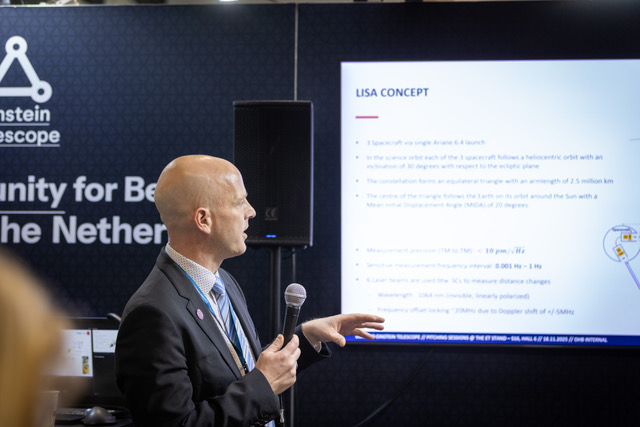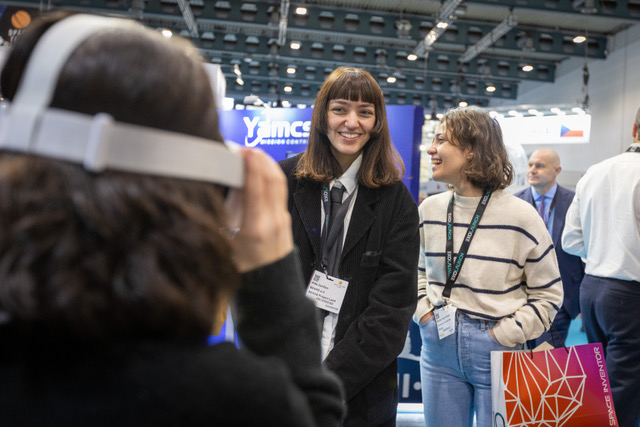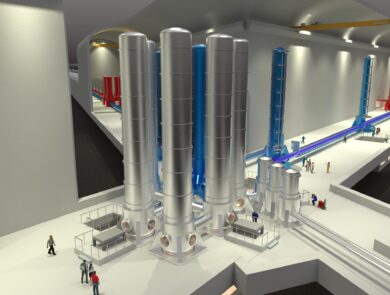Euregio Meuse-Rhine presents Einstein Telescope at Space Tech Expo Europe
At the Space Tech Expo Europe space fair in Bremen this week, the Netherlands, Belgium and Germany are demonstrating how companies, researchers and governments are collaborating on the Einstein Telescope in the Euregio Meuse-Rhine (EMR). From a joint stand, they are showing how international cooperation leads to technological innovation and economic growth.
Space technology
The Einstein Telescope stand is attracting a lot of interest from visitors from the space and technology sector. The technology needed to measure gravitational waves is very similar to that used in satellites and space missions. Think of vacuum technology, vibration-free components, extremely sensitive sensors and optics (mirror and lens systems).
Even though the Einstein Telescope will be located underground, many of the techniques used are comparable to those used in space travel. These similarities lead to interesting collaborations between science and industry.
Example from the region: SAC Netherlands
A good example of this is the company SAC Nederland from Kerkrade. They developed a particle monitor (Particle Deposition Monitor) that can be used to measure dust particles in clean rooms. This technology was tested and improved at the international test facility ETpathfinder for the Einstein Telescope in Maastricht. Paul Weling, director of SAC Netherlands, showed a demonstration model and explained that the sensor is also used in the chip industry and in the construction of satellites.
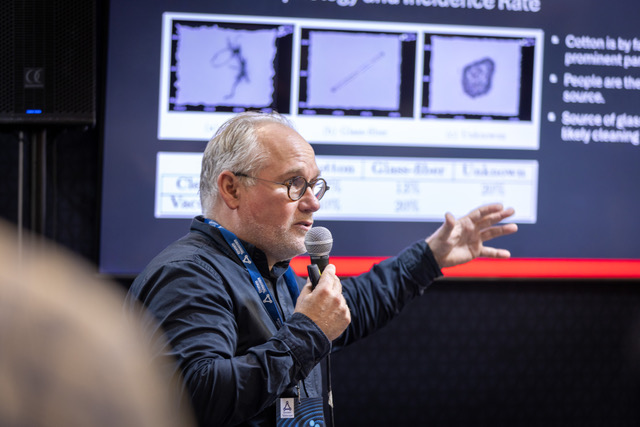
Pitches by companies and knowledge institutions
Various companies and knowledge institutions from Belgium, the Netherlands and Germany gave short presentations about their work. For example, the German company OHB SE, the Belgian company Deltatec and the Catholic University of Leuven (Belgium) talked about their contribution to the space research project LISA, which will measure gravitational waves in space rather than underground.
AMOS from Wallonia and COSINE from the Netherlands showcased their work in the field of optics, including mirrors, lenses and coatings. Beblue, a Belgian company, explained sustainable energy supply for large research facilities such as the Einstein Telescope.
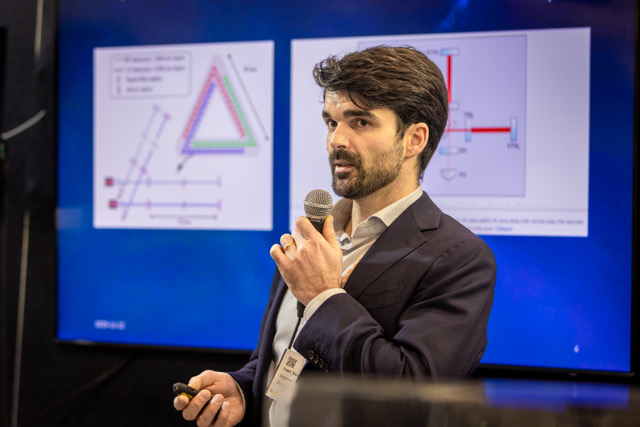





Three countries, one ambition
During a panel discussion led by science communicator Arnaud Stiepen (Nexus), experts from the Netherlands, Belgium and Germany will discuss the scientific goals, the progress of the Einstein Telescope and the role of test facilities such as ET Pathfinder and ET Cristal. Participants include Achim Stahl (RWTH Aachen), Stan Bentvelsen (ET EMR), Christophe Collette (ULiège) and Gerjan van de Walle (ET Flanders).
New vacuum lab in North Rhine-Westphalia
Representatives of the new laboratory for vacuum technology at RWTH Aachen University in the German state of North Rhine-Westphalia provided more information about this technology, which is crucial for the Einstein Telescope. Project leader Prof. Achim Stahl from the lab indicated that various companies had come up with ideas and were keen to collaborate with the lab.
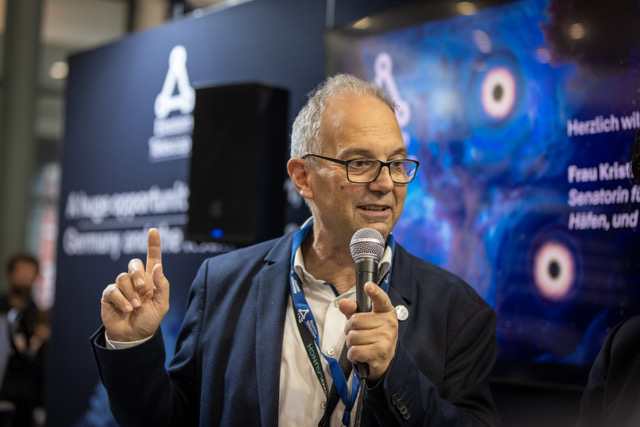
Interest from politicians
Kristina Vogt, Senator for Economy, Ports and Transformation of the state of Bremen, visited the stand. As the person responsible for economy and innovation, she was impressed by the developments and cooperation in Belgium, the Netherlands and North Rhine-Westphalia.
In addition, a Scottish delegation of companies and government representatives visited the stand to explore possible partnerships. This interest confirms the position of the Meuse-Rhine Euroregion as an attractive region for international cooperation.
Want to get involved?
Companies wishing to contribute to research, technology development or future tenders can already take steps within the Einstein Telescope project.
